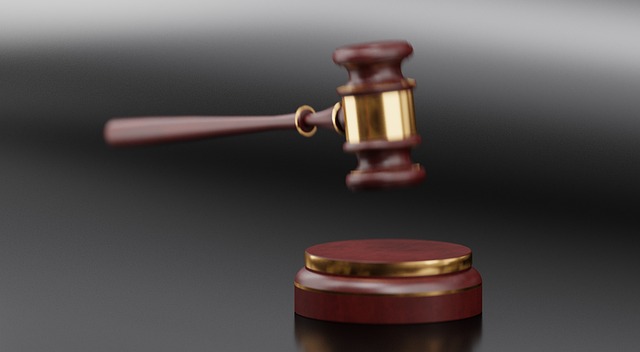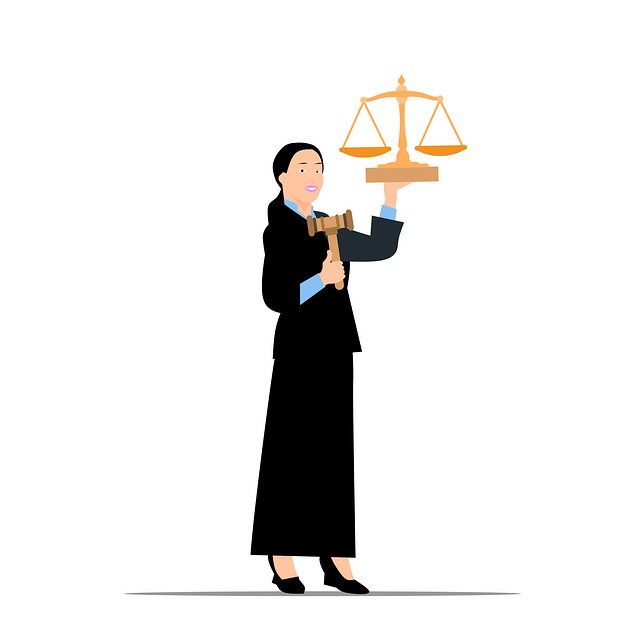Motorcycle lane splitting accidents require specialized legal expertise to navigate complex fault determination and liability claims. Evidence collection is key, including scene documentation, surveillance footage, witness statements, medical records, and property damage claims. Legal principles and strategic preparation are essential for proving fault and securing favorable outcomes through negotiations or court proceedings. Engage a motorcycle accident attorney for expert guidance in these intricate matters.
In the dynamic world of motorcycle safety, understanding lane splitting—a practice where motorcyclists navigate between lanes at low speeds—is crucial. This article delves into the intricacies of proving fault in a motorcycle lane splitting accident, offering insights from both a practical and legal perspective. We explore how to gather evidence, build a compelling case, and navigate the court system successfully, ensuring justice for all riders. Key strategies include testimony analysis, data interpretation, and legal arguments based on established rules governing lane splitting.
- Understanding Lane Splitting: The Basics and Legal Perspective
- Gathering Evidence: Proving Fault Through Testimony and Data
- Building a Strong Case: Strategies for Success in Court
Understanding Lane Splitting: The Basics and Legal Perspective

Lane splitting, a practice where motorcyclists drive between lanes or in the space between vehicles on a multi-lane highway, is a topic of growing interest and debate, especially after several high-profile motorcycle lane splitting accidents. In many jurisdictions, this technique is legal under specific conditions, but understanding the rules is crucial for both riders and drivers alike to ensure safety.
From a legal perspective, proving fault in a motorcycle lane splitting accident can be complex. The key to navigating such cases lies in understanding the laws governing lane usage and the unique circumstances of each incident. A car accident attorney specializing in these matters will help determine if the rider was within their rights to split lanes and if other drivers contributed to the collision through negligence or reckless behavior. Insurance coverage dispute resolution often hinges on these determinations, as well as potential wrongful death claims in cases of severe accidents.
Gathering Evidence: Proving Fault Through Testimony and Data

In a motorcycle lane splitting accident, gathering robust evidence is pivotal to proving fault. This includes documenting the scene with photographs that capture the positioning of vehicles, any visible damage, and the path taken by the motorcyclist. Additionally, video footage from surveillance cameras, dashboard cameras (if available), or even witness testimonies can significantly strengthen your case. It’s crucial to obtain statements from witnesses who observed the incident, as their accounts can provide valuable insights into who was at fault, especially in lane splitting situations where perceptions may differ.
The data collected should also include medical records and bills related to any injuries sustained by the motorcyclist, as well as property damage claims if applicable. A personal injury attorney in Miami, FL, specializing in motorcycle accidents can help navigate these complexities. They will utilize this evidence to construct a compelling narrative, demonstrating how each party contributed to the accident and who bears legal responsibility, potentially leading to more favorable outcomes in settlement negotiations or court proceedings.
Building a Strong Case: Strategies for Success in Court

Building a strong case for a motorcycle lane-splitting accident requires strategic preparation and an understanding of legal principles. In such cases, where a motorcyclist navigates between rows of stopped or slow-moving traffic, proving fault can be complex due to unique circumstances. One crucial strategy is to gather comprehensive evidence, including detailed witness statements, surveillance footage, and expert opinions from experienced professionals like former law enforcement officers or transportation experts. These sources can provide valuable insights into the sequence of events, speeding violations, and any contributing factors that led to the accident.
Additionally, documenting medical records and calculating economic losses are essential components of an injury claim. This includes not only immediate medical expenses but also future care costs, lost wages, and pain and suffering. In cases where product liability is involved, such as defective motorcycle parts or safety gear, engaging in a thorough investigation to gather evidence related to the product’s design, manufacturing, and maintenance can strengthen your case. An elder law attorney, for instance, could provide guidance on navigating complex legal procedures and ensuring that all aspects of the claim are accurately represented, ultimately increasing the chances of a successful product liability settlement.
Proving fault in a motorcycle lane splitting accident requires a comprehensive understanding of both the behavior involved and legal precedents. By gathering compelling evidence, including eyewitness testimony, surveillance data, and expert opinions, riders can build a strong case to establish their innocence or, if necessary, secure justice. Implementing effective strategies outlined in this article—from documenting the incident thoroughly to employing legal experts—can significantly enhance the chances of success in court for those involved in such complex accidents.






